Material Data Sheet
Sour Service - SM-125ES

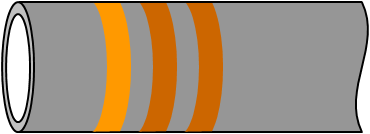
SM-125ES is a low alloy High Strength Carbon steel OCTG material suitable for medium Sour Service severity applications. SM-125ES is a Sulfide Stress Cracking (SSC) resistant material extending the sour service application range of the former SM-125S from 0.03 bars H2S partial pressure for SM-125S to 0.10 bars H2S for SM-125ES, at pH 3.50.
SSC failure mechanism is a form of Hydrogen embrittlement in combined presence of H2S, water and tensile stresses. Nippon Steel’s experience in manufacturing SM-125S which was the first 125 ksi Sour Service material released in 2003, allowed optimization of the processes along with associated quality controls resulting in the extension of the sour service application range for SM-125ES.
SM-125S has no equivalent in API 5CT/ ISO 11960 grades and in order to achieve its superior Sour Service properties Nippon Steel applies a very strict QA/QC throughout its manufacturing route from Steel Making to Heat Treatment process.
Diameters: 2-3/8” to 16”
Weights: as per API 5CT/ISO 11960
Special application: Please contact Nippon Steel engineer, should You require specific size, weight, drift, or any other characterization.
- Proprietary SM-125ES. TGP-3166 (latest revision)
- API 5CT / ISO 11960
- NACE MR0175 / ISO 15156-2
- API 5C1 / ISO 10405
- NACE TM0177
- VAM Book
Medium Sour Service severity application corresponding to region 2, as defined by NACE MR0175/ISO15156-2 (Fig 1). Its primary function is intermediate and production Casing applciation.
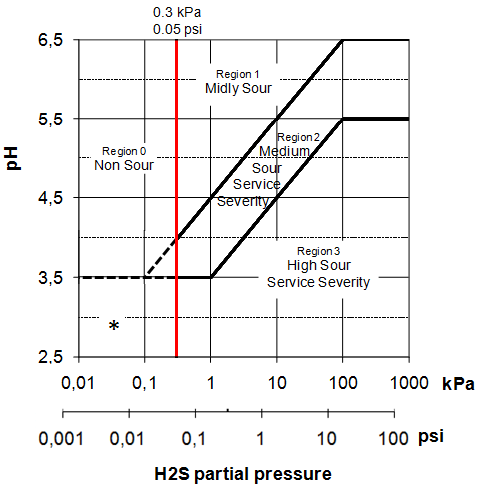
Fig. 1 : Sour Service regions in the pH vs H2S diagram
* Note : Even though this low pH corner is considered non-sour as far as H2S is concerned, caution needs to be exercised, as High Strength materials may become susceptible to Environmental Cracking (EC) even with no or very limited H2S.
For each manufactured SM-125ES heat, SSC resistance is verified through testing in accordance with NACE TM0177 method A, in solution B with 0.10 bar H2S, using an applied stress of 85% SMYS.
SM-125ES is a low alloy sour service material; consequently SM-125ES can be susceptible to metal loss corrosion if exposed to a wet dynamic acid gas containing environment, such as CO2.
For a more detailed assessment please contact Nippon Steel engineers.
| PROCESS | DESCRIPTION |
|---|---|
| Steel making | Ladle refined, fully killed and vacuum degassed; continuously cast to a fine grained practice |
| Pipe making | Seamless |
| Heat treatment | Quenched and Tempered |
| YIELD STRENGTH KSI |
TENSILE STRENGTH KSI |
ELONGATION % |
HARDNESS HRC |
TECHNICAL NOTE | |
|---|---|---|---|---|---|
| Min | Max | Min | Min | Max | |
| 125 | 140 | 130 | API Formula | 36.0 | Application: H2S < 0.1 bar* Tested: 85% SMYS, 0.1bar H2S, NACE A, Sol-B |
| UNIT | 25°C | 50°C | 100°C | 150°C | 200°C | 250°C | |
|---|---|---|---|---|---|---|---|
| Density | Kg/m3 | 7800 | 7790 | 7780 | 7760 | 7750 | 7730 |
| Young's modulus | GPa | 212 | 211 | 209 | 206 | 203 | 200 |
| Poisson's Ratio | - | 0.30 | 0.30 | 0.30 | 0.30 | 0.29 | 0.29 |
| Tensile strength de-rating | % | 100.0 | 98.6 | 97.2 | 96.8 | 96.1 | 94.8 |
| Yield strength de-rating | % | 100.0 | 98.3 | 95.9 | 92.8 | 89.8 | 88.7 |
| Thermal Diffusivity | x10-6 m2/s | 12.6 | 12.5 | 12.0 | 11.5 | 10.8 | 10.2 |
| Heat Capacity | x106 J/m3 deg.C | 3.50 | 3.53 | 3.66 | 3.74 | 3.89 | 4.08 |
| Thermal Conductivity | W/m deg.C | 44.1 | 44.1 | 43.9 | 43.0 | 42.0 | 41.6 |
| Specific Heat | J/Kg deg.C | 449 | 453 | 470 | 482 | 502 | 528 |
| Thermal expansion | x10-6 / deg.C | - | 12.0 | 12.3 | 12.6 | 12.8 | 13.0 |
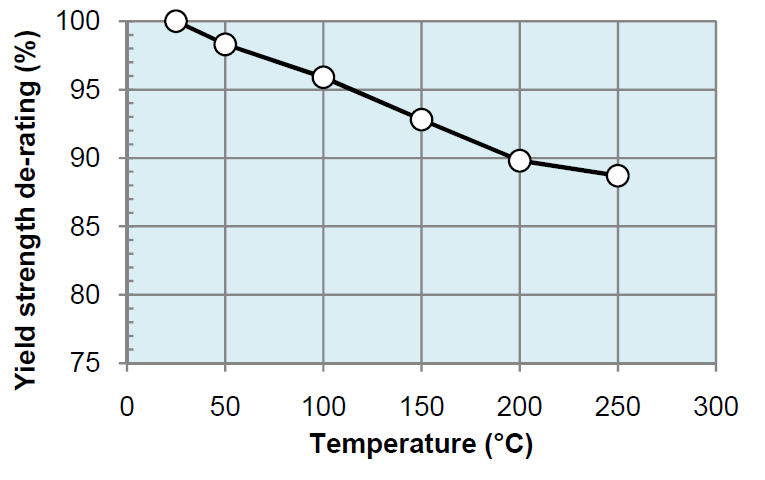
Conventional High Strength steel technology inherently features metallurgical limitations in being capable to deliver homogeneous and inclusions free materials (Fig.2 illustrates an example of High Strength steel inclusion). The main drawback of these limitations is that High Strength materials are highly susceptible to crack in H2S containing environments as illustrated in Fig 3.
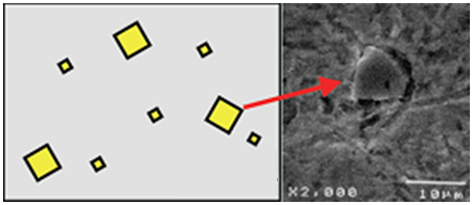
Fig 2:Illustration of inclusion in conventional steel
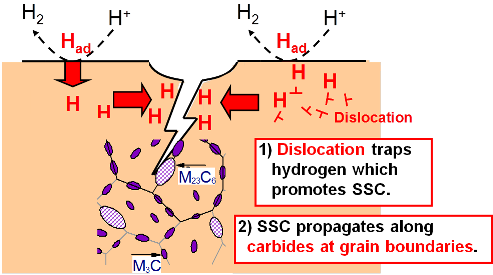
Fig 3:SSC mechanis of high strength steels
Using SMI prior manufacturing experience gained with the development of SM-C110, as well as SM-125S and based on the latest Nippon Steel Research Laboratory cutting edge technology, reducing coarse inclusions (as illustrated in Fig 2) was achieved through utilizing multi-component inclusion control technology to suppress inclusion growth. Multi-component inclusion control, as shown in Fig 4, consisting of inner Al-Ca oxy-sulfide and outer Ti-Nb carbo-nitrides suppresses the inclusions growth resulting in the dispersion of fine particles thus minimizing the inclusion influence on cracking initiation.

Fig 4 : Fine multi-component of inclusion in SM125ES
Application of this advanced multi-component inclusion control technology to SM-125ES allows to raise the acceptance criteria to 0.10 bar H2S partial pressure at pH 3.50 against 0.03bar H2S partial pressure at pH 3.50 for SM-125S.
For additional information about material performances please contact Nippon Steel engineers.
Health, Safety and Environment
While state-of-the-art HSE rules are applied throughout Nippon Steel manufacturing process, proprietary and specific HSE regulations shall be applied along the life cycle of the pipe until it reaches its final position in the well, according to each operator’s rules. This particularly applies to all phases of handling and transportation, assembly on the rig floor, and rig return if applicable. OCTG are heavy and by nature unstable. Special care shall be paid to potential risks of injury whenever handling OCTGs. Walking on pipes shall be avoided at all times. Usage of Personal Protection Equipments (PPE) is mandatory. Equipment and procedures will be established to capture the possible wastes generated during maintenance (cleaning, coating, doping) and disposed according to local regulations. This applies in particular to storage dope, running dope, or cleaning water wastes.
Best practices for transportation, handling and storage of OCTG in general are covered by ISO 10405 / API RP5C1. VAM Book is also a good source of handling practices for VAM connections. In addition to these general rules, specific care is recommended pertaining to SM125ES, because improper handling could affect the material performances and by extension the corrosion resistance :
- Prevention of Spot Hardening
For more specific information please contact Nippon Steel engineers.